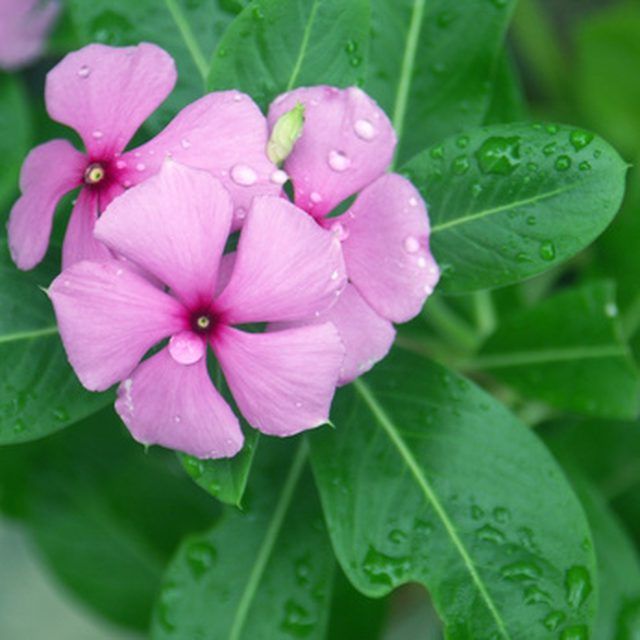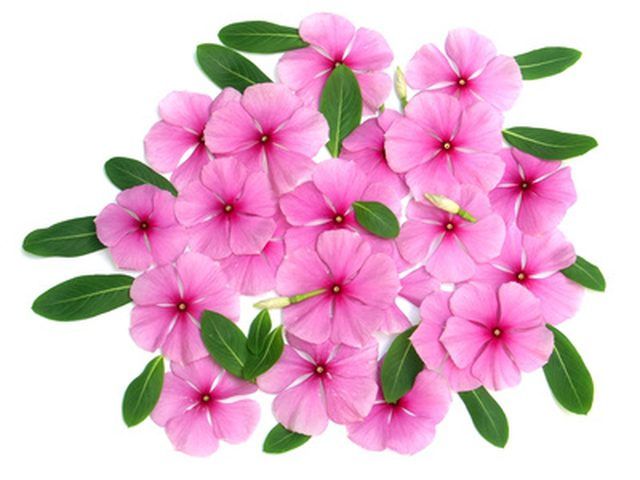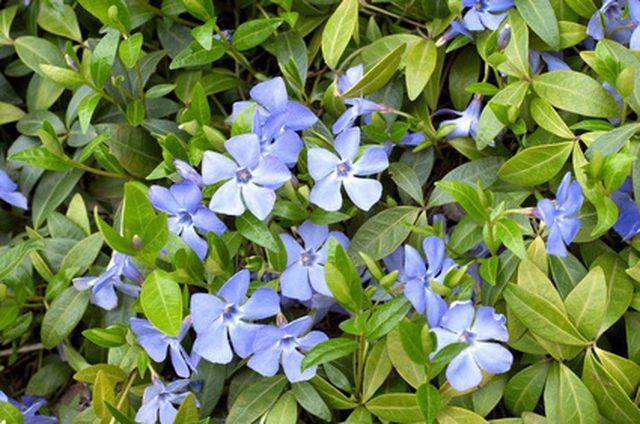Bulbs
Flower Basics
Flower Beds & Specialty Gardens
Flower Garden
Garden Furniture
Garden Gnomes
Garden Seeds
Garden Sheds
Garden Statues
Garden Tools & Supplies
Gardening Basics
Green & Organic
Groundcovers & Vines
Growing Annuals
Growing Basil
Growing Beans
Growing Berries
Growing Blueberries
Growing Cactus
Growing Corn
Growing Cotton
Growing Edibles
Growing Flowers
Growing Garlic
Growing Grapes
Growing Grass
Growing Herbs
Growing Jasmine
Growing Mint
Growing Mushrooms
Orchids
Growing Peanuts
Growing Perennials
Growing Plants
Growing Rosemary
Growing Roses
Growing Strawberries
Growing Sunflowers
Growing Thyme
Growing Tomatoes
Growing Tulips
Growing Vegetables
Herb Basics
Herb Garden
Indoor Growing
Landscaping Basics
Landscaping Patios
Landscaping Plants
Landscaping Shrubs
Landscaping Trees
Landscaping Walks & Pathways
Lawn Basics
Lawn Maintenance
Lawn Mowers
Lawn Ornaments
Lawn Planting
Lawn Tools
Outdoor Growing
Overall Landscape Planning
Pests, Weeds & Problems
Plant Basics
Rock Garden
Rose Garden
Shrubs
Soil
Specialty Gardens
Trees
Vegetable Garden
Yard Maintenance
Vinca Vs. Annual Periwinkle
Vinca Vs. Annual Periwinkle. The names vinca and periwinkle apply both to an evergreen ground cover and to an annual flower, so it's important to know the differences between the two plants if you want success in your garden. Vinca minor, also known as common periwinkle or creeping myrtle, is the ground cover plant often used where grass won't...

The names vinca and periwinkle apply both to an evergreen ground cover and to an annual flower, so it's important to know the differences between the two plants if you want success in your garden. Vinca minor, also known as common periwinkle or creeping myrtle, is the ground cover plant often used where grass won't grow. Vinca roseus, the Madagascar or Rose periwinkle, is the annual plant used in sunny flower beds and containers. Both plants are commonly found in garden centers in the spring and summer, but they are used in the garden completely differently.
Annual Periwinkle, The Sun-Loving Vinca
Vinca roseus (also known botanically as Catharanthus roseus) is an African native commonly referred to in the U.S. as Madagascar periwinkle, Rose periwinkle, or just Vinca. While technically a tender perennial in USDA Zones 9 and 10, it is almost always used as an annual and replaced every year, even in those zones. It is deer-resistant and easy to grow in almost any sunny spot. It sports attractive shiny green leaves with a white rib down the middle, and large white, pink or violet flowers, often with a pink center. They make mounded plants 1 to 2 feet high and wide, and bloom reliably all summer.

Growing Annual Periwinkle
Annual periwinkles love the sun and tolerate only very light shade before flowering is affected. Use them for bedding in flower beds, in outdoor containers, or as houseplants for sunny windows. When bedding out, space them 8 to 10 inches apart. They are not particular about soil, and in fact do well in poor soil with low fertilization. Watering is necessary only if plants start to droop. When used in containers, they do best in terra cotta pots which allow for good drainage and air flow; be especially careful not to overwater if grown in plastic pots. They are pest-free if not overwatered. The plants are self-cleaning, so you do not have to dead-head spent flowers, but plants can be pinched back to encourage bushiness if they get too large. They are completely intolerant of frost, so if you want to bring them in for the winter, be sure to move the plants indoors when night temperatures drop down to about 50 degrees. Plants can be propagated by stem cuttings at any time, or you can start from seed three to four months before the last frost date for your area. Periwinkles are easily found in garden centers in late spring.
Vinca, The Shade-Loving Ground Cover
Vinca minor, the common periwinkle or creeping myrtle, is an evergreen vine from Europe and Asia. It is a common ground cover in the United States and lower Canada, often used in areas where lawn grass will not thrive, such as on banks, under trees, or in beds shaded by trees and buildings. Its trailing stems root easily, creating a dense cover that smothers weeds while allowing larger plants like shrubs and bulbs to grow well. The small leaves give the plant a fine texture that blends well with larger-leaved ground covers like ivy and pachysandra. Early spring blooms are either white or shades of blue. It is hardy in USDA Zones 4 through 10.

Growing Ground Cover Vinca
Vinca minor grows best in shady, well-drained soil, but once established, it tolerates a wide range of sites. Do not plant in full sun south of USDA Zone 7. You can find vinca in garden centers in spring and fall, usually as rooted cuttings in flats. Plant 12 inches apart, feed lightly with an all-purpose garden fertilizer, and mulch the first summer to keep down weeds. Water to keep moist the first summer but avoid wet soil to prevent fungal diseases and root rot. After the first season, little care is necessary besides fertilizing lightly in spring and watering during extended droughts, although vinca grown in sun may require occasional watering. Propagate by stem cuttings at any time or by division in spring. No special care is needed in winter.
Precautions
Annual periwinkles have been used for centuries for folk medicine, especially for treating diabetes, and are the source of several cancer drugs. Use them with caution in gardens that are accessible to small children.
Ground cover vincas can be exuberant growers, so give them plenty of room to spread, and trim back if necessary to contain them.